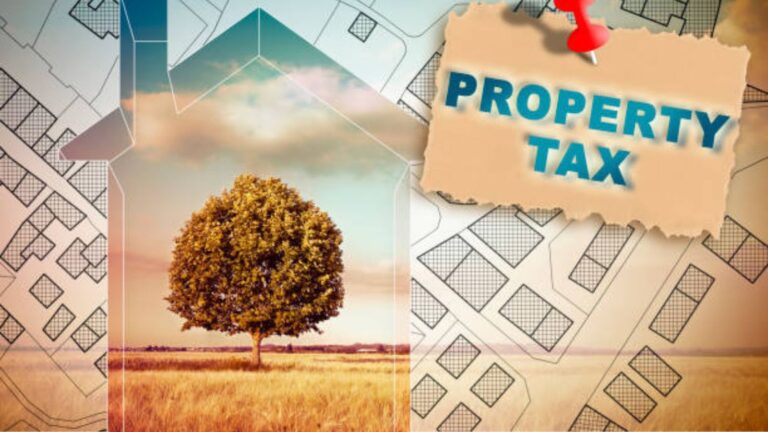Are you aware of the different types of tax districts in the United States? If not, don’t worry – we’ll explain everything you need to know right here.
We’ll start by discussing what a tax district is, then move on to the different types that exist. So, let’s get started!
what is a tax district
A tax district is an area that has been designated by the government for taxation purposes. This can be at the federal, state, or local level. The taxes collected in a tax district are used to fund public services and infrastructure within that district. This can include things like schools, roads, and parks.
The Boundaries of a tax district can be drawn in many different ways. They can be based on geographical boundaries like counties or cities. Or, they can be drawn based on economic activity, like business districts or agricultural areas.
What are the different types of tax district
There are many different types of tax districts in the United States. Here are some of the most common:
Federal Tax Districts: The federal government imposes taxes on all income earned in the United States. This includes things like wages, interest, and dividends. The tax rates and rules are set by Congress and can be different for each type of income.
State Tax Districts: States also have the authority to impose taxes. They can tax incomes, sales, and property. The rates and rules for these taxes can vary from state to state.
Local Tax Districts: Local governments, like cities and counties, can also impose taxes. These taxes are usually used to fund local services like schools and roads. The rates and rules for these taxes can vary from locality to locality.
Business Districts: Businesses are often taxed on their gross receipts. This can be done at the federal, state, or local level. The rates and rules for these taxes can vary depending on the type of business and the location.
Agricultural Areas: Agricultural land is often taxed differently than other types of property. This is because agriculture is considered an “essential service” in many states. The rates and rules for these taxes can vary from state to state.
How are property taxes determined in a tax district
Property taxes are usually imposed by local governments. The amount of tax you owe is based on the value of your property. This value is usually determined by a professional appraiser.
The tax rate is set by the government and can vary from year to year. It is usually a percentage of the property’s value.
For example, if your property is valued at $100,000 and the tax rate is 1%, you would owe $1,000 in property taxes. The tax rate can also vary depending on the type of property. For example, commercial property is usually taxed at a higher rate than residential property. The tax rates and rules for a tax district can vary depending on the level of government that imposes the taxes. So, be sure to check with your local government for more information.
What happens if I don’t pay my property taxes – will my home be taken away from me
If you don’t pay your property taxes, the government can place a lien on your property. This means that you will owe the money plus interest and penalties. If you continue to not pay, the government can eventually foreclose on your property. This means that they can take ownership of your property and sell it in order to recoup the taxes that you owe.
However, this is usually a last resort and most governments will work with you to set up a payment plan if you are having trouble paying your taxes. So, if you are having trouble paying your property taxes, be sure to contact your local government to see what options are available to you.




